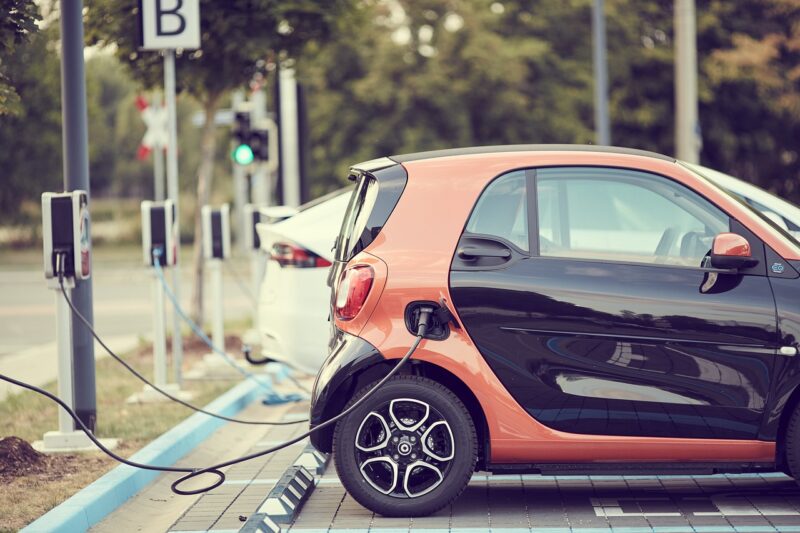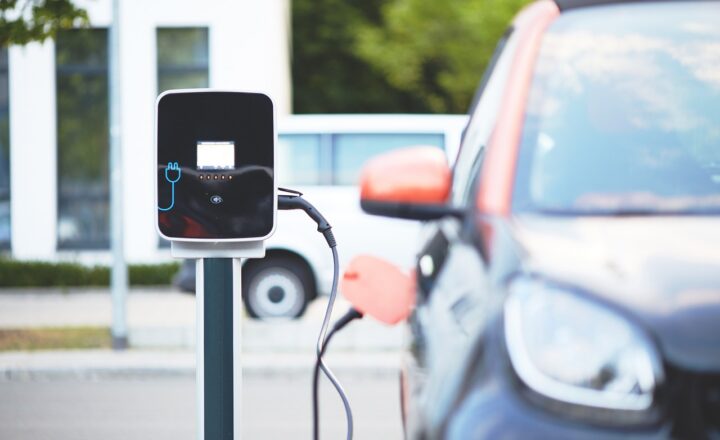How EV Manufacturers Are Competing to Offer the Longest Driving Range
November 12, 2024

In recent years, electric vehicles (EVs) have gained significant traction as more consumers seek sustainable alternatives to traditional gasoline-powered cars. One of the key factors influencing consumers’ purchase decisions is the driving range of these vehicles. As the market expands, EV manufacturers are increasingly competing to offer the longest driving range to attract customers and improve convenience. This article will explore the current landscape of EV driving ranges, the innovative technologies being developed to extend them, and the implications for consumers and the environment.
1. Understanding Driving Range: What It Means For Consumers
Driving range refers to the distance an electric vehicle can travel on a single charge of its battery. Factors affecting driving range include battery size, vehicle weight, aerodynamics, and driving habits. For many prospective EV buyers, range anxiety—the fear of running out of battery before reaching their destination—is a significant concern.
In 2024, the average driving range of most EVs is around 250 to 300 miles, but many manufacturers are now pushing for ranges exceeding 400 miles.
Most consumers consider the following aspects when evaluating EV driving range:
- Daily Commute: Many drivers have a daily commute well within the range of most EVs. However, concerns arise during long road trips.
- Availability of Charging Infrastructure: Availability of charging stations can heavily influence the desirability of an EV, especially for those who frequently travel long distances.
- Battery Longevity and Performance: Beyond the initial range, consumers also consider how battery performance holds up over time and what the degradation looks like after several years of usage.
With growing mileage expectations, manufacturers are compelled to innovate aggressively.
2. Key Innovations Driving Extended Range
Manufacturers are exploring various technologies to enhance EV driving ranges. Here are some of the most notable innovations influencing the market:
2.1 Battery Technology Advancements
Battery technology is continually evolving, with many manufacturers investing in research to create batteries that provide higher energy density, better charging times, and decreased weight. For instance:
- Solid-State Batteries: These batteries replace the liquid electrolyte in conventional lithium-ion batteries with a solid electrolyte, significantly improving energy density and safety while reducing charging time.
- Lithium-Sulfur Batteries: These promising batteries offer the potential for much higher energy capacity compared to lithium-ion, which could extend driving range significantly if commercialized successfully.
2.2 Enhanced Aerodynamics
Design plays a pivotal role in improving range. Many manufacturers are focusing on aerodynamics by integrating smoother contours and reducing vehicle weight through advanced materials (like carbon fiber). For example, the Tesla Model S and Lucid Air utilize flat underbodies and optimized shapes to reduce drag, allowing for more efficient energy use.
2.3 Regenerative Braking
Regenerative braking systems allow EVs to capture kinetic energy when slowing down or stopping, which enhances efficiency and extends range. This feature has become standard in most electric vehicles, and newer systems are continually refined to maximize the amount of energy recovered during braking.
3. The Role of Software in Range Management
Software plays a crucial role in managing battery performance and optimizing the driving range. Innovative algorithms can analyze driving patterns, road conditions, and even weather conditions to suggest optimal routes and conserve energy.
Manufacturers like Tesla have continuously updated their software, providing enhancements that impact both range and performance. Features such as:
- Smart Energy Management Systems: These systems allow drivers to track battery usage and receive notifications on how to conserve energy during their drive.
- Route Planning & Charging Station Integration: Software can plan routes that make fuel-efficient stops at charging stations, which is crucial for traveling long distances.
With sophisticated software enhancements, getting the most out of an EV’s battery has largely become a more user-friendly experience.
4. Market Competition: Who’s Leading the Charge?
Several automotive companies are making remarkable strides in pushing for longer EV driving ranges. Here are some notable players:
4.1 Tesla
With its focus on innovation, Tesla continues to lead the market. The Model S Long Range boasts a staggering range of approximately 405 miles, setting the benchmark for others in the industry.
4.2 Lucid Motors
Lucid’s Air sedan takes the crown with an impressive range of 520 miles, thanks largely to its advanced battery technology and lightweight construction, aimed at performance enthusiasts seeking sustainability.
4.3 Ford
Ford has entered the electric vehicle market with its Mustang Mach-E and F-150 Lightning. Both vehicles emphasize a combination of power and efficiency, with the Mach-E offering ranges up to 300 miles, showcasing the brand’s commitment to innovation.
4.4 Rivian
Rivian’s R1T electric truck and R1S SUV both offer solid ranges and rugged capabilities designed for active lifestyles. They are equipped with features that allow for adventurous supply runs beyond urban charges that provide practical utility.
5. The Environmental Impact of Extended Driving Ranges
Increased driving range is not just about convenience; it also has environmental implications. By prolonging the range of electric vehicles:
- Reducing Range Anxiety: A more extended range minimizes concerns about charging stops, encouraging more drivers to consider EVs over tradition vehicles.
- Promoting Adoption of Clean Energy: The shift to longer-range EVs will likely lead to more people adopting renewable energy solutions for charging, thus reducing reliance on fossil fuels.
- Supporting the Shift Towards Sustainable Transportation: As EVs become more practical for diverse needs with extended ranges, they can play a significant role in reducing carbon emissions associated with transportation.
Ultimately, as manufacturers compete to deliver the longest driving range possible, consumers stand to benefit from enhanced convenience, improved technology, and a more sustainable future.
Conclusion
The competition among EV manufacturers to offer the longest driving range is reshaping the automotive landscape. Innovations in battery technology, aerodynamics, software enhancements, and engineering are merging to create vehicles that offer greater distance per charge than ever before. As consumer demand continues to drive advancements in range, the future is bright for electric vehicles, promising to reshape how people think about personal transportation.
As consumers, understanding these factors and innovations helps us make informed decisions for personal investments in an increasingly sustainable world. It’s clear—longer driving ranges lead to more accessible electric vehicle solutions for everyone and a promising future for our environment.






